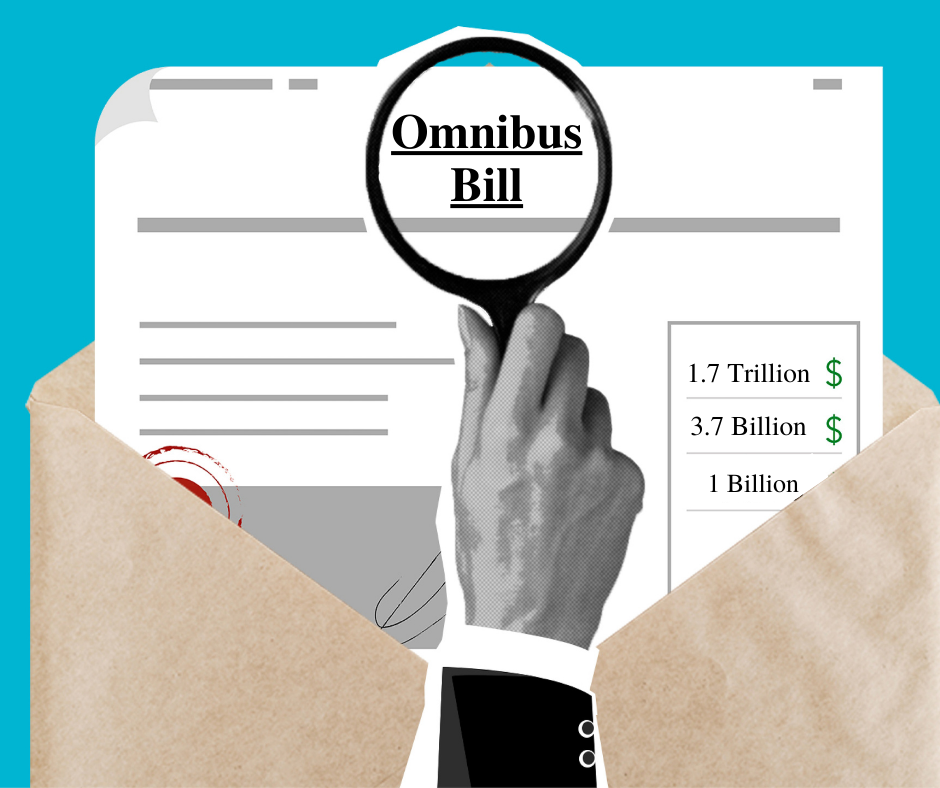Congress Scrambles to Address Funding WTC Health Program Shortfall

As the 20th anniversary of the 9/11 terror attacks dawns, Congress is working to ensure that there is adequate funding to keep the World Trade Center Health Program running in the face of a substantial funding gap. A newly proposed bill, however, would pump an additional $7.3 billion into the fund to keep the program operational for another 10 years, with an additional 5 percent annual increase after that.
If you have not yet applied for medical treatment and health monitoring services through the WTC Health Program and you were a first responder or survivor who was located in one of the toxic exposure areas on or shortly after September 11, 2001, the experienced 9/11 benefits attorneys from Hansen & Rosasco can assist you with your application and provide answers to your questions about the program.
The legal team at Hansen & Rosasco supports the proposed bill to increase funding for the WTC Health Program to continue providing services to all those in need. No matter where you live, so should you. Responders and survivors live in every state and nearly every Congressional district in the nation. This is not just a New York issue.
What Is the WTC Health Program?
The WTC Health Program is a federal health program administered by the National Institute for Occupational Safety and Health (NIOSH), which is an arm of the Centers for Disease Control and Prevention (CDC) that is operated through the U.S. Department of Health and Human Services. The program was initially funded and implemented in 2011, as mandated by the James Zadroga 9/11 Health and Compensation Act.
The program replaced two other programs that had been instituted to assist:
- WTC first responders, including workers or volunteers who participated in the rescue, recovery, and cleanup operations in the aftermath of the terrorist attacks. This eligible group includes FDNY responders, WTC general responders including members of the NYPD, and responders at the terror attack sites at the Pentagon and in Shanksville, PA.
- WTC survivors, including those who were present at one of the terror attack sites or who lived, worked, or attended school in the toxic exposure area in Lower Manhattan between September 11, 2001, and July 31, 2002.
The Services Provided by the Program
The WTC Health Program provides services to its members that include:
- The treatment of all certified medical conditions, including prescription medication, through one of the WTC Health Program-affiliated providers located throughout the nation. These services are accessible to members without requiring copays or deductibles.
- Annual health screenings to quickly detect and treat 9/11-related health conditions.
- The certification of 9/11-related medical conditions is also used as a qualifying factor for the recipient to use to file a claim for compensation through another federally 9/11 benefit program, the September 11 Victim Compensation Fund (VCF).
Why is the Program Experiencing a Funding Shortfall?
The WTC Health Program was reauthorized for funding along with the VCF in 2015. In 2019, both programs received permanent authorization to serve 9/11 responders and survivors until October 2090. At the time of the reauthorization in 2015, there were about 75,000 people enrolled in the program.
Since then, another 16,000 responders and an additional 20,500 survivors from the New York City neighborhoods near Ground Zero have enrolled, pushing membership in the program to over 100,000.
While the program reaches many of those it intends to serve, these issues regarding funding have emerged:
- The funding formula that was initially provided in the law had a cushion for inflation but did not account for the rapid increase in urban health care costs that have come to fruition since the program was implemented.
- The program grew faster and the needs were greater for the responders and survivors than what was anticipated. It should be noted that the membership has grown precipitously over recent years as the latency period of many types of 9/11-related cancers expire and more affected individuals begin to receive their diagnoses.
Is the Shortfall an Emergency That Could End the Program or Reduce Services?
All indications are that the funding shortfall is not an immediate concern, but something that needs to be addressed before it impacts service levels. As funding currently stands, the program can continue to provide full operations for several more years before members started noticing a reduction in services.
What Will the Health Correction Act Do?
Five New York lawmakers, including U.S. Senator Kirsten Gillibrand and U.S. Representatives Carolyn B. Maloney, Jerrold Nadler, and Andrew Garbarino introduced the 9/11 Responder and Survivor Health Funding Correction Act in August 2021.
According to a letter submitted on September 3 to the House of Representative’s ranking members, 54 bipartisan members of the House, and five Senators—including the entire New York delegation—have expressed support for the bill.
The bill aims to:
- Provide additional funds to address the shortfall. The act would provide a formula to use over the next 10 years, during which time a new formula would be put in place to ensure that the program has adequate resources to continue to fully serve its participants. Funding for specific parts of the program would also be increased, including funding for research and funding for data center operations, which would each be increased from $15 million a year to $20 million a year. The funding for outreach activities aimed at providing education and information for responders and survivors who have not yet enrolled would increase from $750,000 a year to $2 million a year.
- Expand who can provide certification of 9/11-related medical conditions through the program. Currently, the law states that a physician can only complete certifications. The act would change the wording to “health care provider” to have greater flexibility in the staff needed to certify newly diagnosed conditions at one of the WTC Health Programs Centers for Excellence or through a networked provider.
- Changes to the credentialing provisions for networked providers. The current law allows data centers that are gathering information about the program for medical and research purposes to credential themselves. However, the act would change this provision, placing the responsibility for credentialing network affiliates in the hands of the program’s administrators.
- Clarifying enrollment numbers. Currently, the law that authorizes the WTC Health Program does not have a mechanism in place for removing deceased members from the membership rolls. This makes it difficult to ascertain exactly how many people are currently participating in the program. The act provides the mechanism to remove deceased members to obtain an accurate count of members that the program is currently providing service to.
- Authorize research into the emerging issues affecting those who were children who lived or attended school or daycare in the area surrounding Ground Zero on 9/11 or in the toxic exposure period of several months that followed. It is estimated that, of the 360,000 people who make up the World Trade Center survivors, about 35,000 were children at the time. These individuals are suffering from health issues due to the toxic exposure they incurred and also psychological damage from the trauma they experienced on 9/11.
The Need is Greater than Ever: Statistics on Responders and Survivors
How does the federal government know how many people were exposed to toxins, what the effects of this toxic exposure have been over the past twenty years for survivors and responders, or that the needs of the impacted individuals are increasing? Many of the answers come from the WTC Health Registry.
The registry is different than the health program, as it does not actually serve survivors and responders. Instead, it is a database of survivors and responders who have agreed to participate in many surveys through the years with their responses analyzed by medical professionals and researchers to better inform those involved in making decisions about these programs as to the true needs of these groups of people.
Here is a by-the-numbers look at statistics pertaining to the survivors and responders of the 9/11 terror attacks:
- 400,000: the estimated number of people directly involved in the disaster at the World Trade Center. This includes around 91,000 rescue and recovery workers and volunteers, as well as 57,000 residents and 15,000 children and staff at schools and daycare centers south of Canal Street.
- 71,437: The number of survivors and responders who voluntarily signed up for the WTC Health Registry, making it the largest registry in U.S. history to track the effects of a health disaster.
- 70 percent: The number of health registry members who reported witnessing traumatic events on 9/11. More than half of these individuals reported seeing people run away from the dust cloud, and nearly as many reported seeing the buildings collapse. One-third of the registry’s membership witnessed people being injured or killed, and nearly as many watched the plane hitting the towers or people jumping or falling from the buildings.
- 13 percent: The number of members who suffered an injury on 9/11.
- 61 percent: The number of adult residents in the disaster area who were evacuated from their homes as a result of the terror attack. Many of these individuals, unaware of the potential health hazards of the toxic dust plume, returned to their homes within days after the attack.
- 26 percent: The number of members of the registry who were part of more than one group on 9/11. The most common overlap in groups consists of building occupants or passers-by who worked as rescue workers or lived in the area.
- 4.5 times: The increased risk of pulmonary fibrosis experienced by responders who had high exposure to the toxic dust at Ground Zero. The risk for those with medium exposure was 2.5 times greater than individuals who had no exposure or very low exposure to the toxic dust. Pulmonary fibrosis is a lung condition that results from scarred or damaged lungs. The scarring causes the lung tissue to be stiff, preventing the lungs from working properly.
- 20 percent: The increased risk of stroke for those who experienced intense exposure to WTC dust.
- 64 percent: The increased likelihood of a stroke for those who were diagnosed with 9/11-related PTSD.
- 8.1 percent: The number of WTC survivors who were living or working in buildings that were damaged or destroyed on 9/11 and are now experiencing hearing loss.
It Is Not Too Late to Enroll in the WTC Health Program
Even as Congress considers the provisions of the 9/11 Responder and Survivor Health Funding Correction Act, you can be sure that the WTC Health Program is continuing to operate and provide full service for accepted enrollees. The legal team at Hansen & Rosasco has paralegals whose daily job involves processing client applications, and we regularly contact the administrators of the program.
The WTC Health program not only provides quality medical treatment and monitoring services for our clients, but the certification of eligible 9/11-related medical conditions is an integral part of seeking compensation for the expenses and impacts of those conditions through the VCF.
Our results in obtaining compensation for our clients include:
- A $3.2 million loss of earnings and pain and suffering award for an NYPD officer who was 100 percent disabled by 9/11 colorectal cancer.
- A $2.2 million VCF award for an NYPD sergeant with brain cancer and a disability pension.
- A $1.1 million award for a Battery Park area resident who had to undergo a double mastectomy for 9/11-related breast cancer and also suffered from lymphedema.
To express your support for the 9/11 Responder and Survivor Health Funding Correction Act, contact your member of Congress. To learn more about how we can help you obtain the services and compensation you need to deal with your 9/11-related condition, contact us at (855) 353-4907.




